The educational system we all know was designed deliberately. It might come as a surprise, though, that the progression of classes in math and science comes from only one - mostly irrelevant - criterion: how to impart information in a way that would lead a student towards earning a doctorate in the field and becoming a professor.
Needless to say, most high school students will not end up becoming professors, so the seemingly arbitrary organization of classes may not have their best interests at heart. Students proceed from algebra to geometry and jump back into algebra for what appears to be no good reason at all.
Of course, we do not challenge the reasons for this specific order of classes. However, we might, once we consider that math professors of The National Council of Teachers of Mathematics developed it in the 1950s, and it became an embedded part of the national math agenda in perpetuity.
Science classes are arranged this way, too, starting with the study of microorganisms and working up in size to the study of people. Even the STEM movement works on changing tactics, but not curriculum strategy. The reasoning behind these decisions is irrelevant to a high school student’s intellectual development, and it may not always produce the best outcomes.
This sort of division makes little sense for most students and serves only to confuse the majority.
The study of Judaics faces a similar nonsensical problem. When constructing what we know as the typical Jewish studies curriculum, educators designed a system for preparing experts, not for educating our children.
To date, the results have been dismal.
Failure to address what we call the holistic student takes much of the blame.
To understand the holistic student, teachers must look beyond the typical classroom. A student, so much more than just a vessel for information, deserves treatment as a nascent whole being, growing with individual feelings, motivations and struggles. Addressing only an academic subsection of thee individual rejects the distinct nature of the being.
Focusing on the holistic student means less emphasis on grades. Grades as we know them today developed from the Post-Industrial Revolution educational model. In this ineffective model, education imitates conveyor belts and factory designs in part to prepare the masses for factory or office life. Because of this, the model focuses on the end result, not the process of formation. To assign grades in this factory model, the teacher simply assesses the relative level of each finished product to separate better from worse.
For Judaics, there is a fatal flaw in this plan. A system in which all students get an A devalues the achievement, so an A grade only has value if few students receive it. In the public school world, this culminates in strict grading structures where no more than ¼ may receive an A in a class, pitting students against each other to compete for the coveted high grades. In the world of Jewish education, this fierce competition contradicts the goals of Judaic classes: everyone must succeed, lest the Jewish people fail. In the end, treating a student holistically results in a student with greater strengths, a stronger identity, and the ability to make meaning of the world.
Schools can help students embark on this journey by guiding them through the initial phases of self-recognition – getting to know who you are and what you’re good at.
If class levels and grading were determined by singing ability, there would be a completely different set of students in honors and regular-track classes, and a different set of students who earned A grades. Because natural-born voice talent provided the base assessment, students would be penalized for a lack of singing ability and inner sense of rhythm. If that determined a student’s placement in English or math, then that would be absurd.
Similarly, knowledge of Hebrew is not correlated with the grasp of big ideas and concepts in Judaism. Though it happens often, it makes little sense to divide Judaics classes by language aptitude. Instead, we needlessly punish students who do not yet have Hebrew skills by placing them in a class that provides the wrong level of challenge, and they miss out on an opportunity for growth.
Rather than focusing on a narrow path to academic success, Jewish education should start from a student’s existing skillset, whether or not that skillset is one traditionally given importance in the classroom. A more successful model would focus a student’s energy on their strong points and strengthen those further. They can learn to use those strengths to compensate for their weaknesses, much like how adults in the real world learn to operate. When we tell our students that they have to be good at everything, we admire generalists and discourage others from developing to their full potential.
For example, an empathetic student who excels at reading people can use those abilities to compensate for a lesser skill in decoding text. In Jewish life, dealing with other people well is more important than skill at decoding Talmud. However, empathy lacks a lofty reward in the average classroom. By denying a legitimate outlet to use the student’s strengths, the student receives a message about value that serves to discourage achievement.
Ultimately, caring about the holistic student necessitates prioritizing identity development over textual engagement. While the two do not mutually exclude each other, the notion that Judaism bases its construct exclusively on text loses the core of community and the soul of the individual.
As we implement these changes to shift the focus towards the holistic student, it helps to remember the fundamental goal of education: to help students make meaning of the world. In the end, we don’t care whether our children are great science students or get an A in calculus as much as we want them to have a purpose in life, a strong identity and excellent meaning-making abilities. How much more so in Judaic studies.

